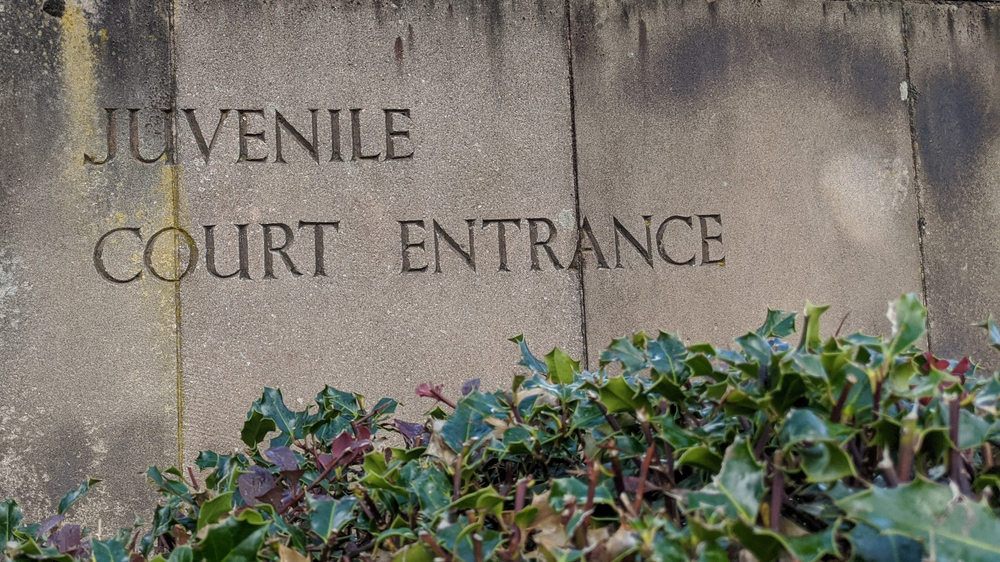Efforts to reduce employment barriers for juvenile offenders, adolescent firearms risks and trauma-informed juvenile court protocols are among topics recently addressed by a range of governmental, academic and non-profit entities.
Juvenile Justice Resource Hub curates research on juvenile justice policy and practice, reviews of innovative programs and various other explorations and advisories on topics including justice reform, mental and behavioral health, gun violence, foster care, racial and economic parity/disparities.
Here are some of the latest resources:
From the Council of State Governments Justice Center: “Reducing Structural Barriers to School and Work for People with Juvenile Records.”
Youth who are justice-involved often confront barriers to employment, education and housing. This Council of State Government report describes those collateral consequences and recommends changes in state law to alleviate them.
From Georgetown University's Center for Juvenile Justice Reform: “Reducing System Crossover For Black LGBTQ+ Girls and Non-binary Youth.”
Black girls and Black non-binary and gender non-conforming youth who are dually involved in the justice and foster care systems are overrepresented. These Georgetown researchers explore their experiences and recommend ways to mitigate this overrepresentation.
From the National Council of Juvenile and Family Court Judges: “Assessing Trauma for Juvenile and Family Courts From Development to Implementation.”
Child abuse has long-term human, social and economic costs that judges and other court professionals should consider, according to these recommendations from a nationwide panel of judges, social workers, public health researchers and others. Their new guidance aims to help end the cycles of abuse and violence experienced by a disproportionate number of youth in the justice system.
The Journal of the American Medical Association Network: “Association of Firearm Access, Use, and Victimization During Adolescence With Firearm Perpetration During Adulthood in a 16-Year Longitudinal Study of Youth Involved in the Juvenile Justice System.”
Adolescents who have access to firearms, use them or are injured or threatened by them are more likely to be involved with gun violence as adults than youth without those experiences. This study examines those patterns and identifies factors that could reduce firearm violence and involvement.
The Annie E. Casey Foundation: “Funding Prevention in Communities”
The Evidence2Success program aims to teach community leaders how to finance and sustain community-based prevention efforts that help young people and families to thrive.
Children's Data Network: “The Intersection of Child Welfare and Juvenile Justice: Key Findings from the Los Angeles Dual System Youth Study”
Youth who are dually involved in the justice and foster care systems encounter many challenges. These examples from Los Angeles County suggest the need for services that focus on prevention, risk reduction and ongoing support to families.
Haywood Burns Institute: “Los Angeles County: Youth Justice Reimagined”
Los Angeles County’s Youth Justice Reimagined Working Group is recommending that juvenile probation systems transition toward more rehabilitative, health-focused and care-first efforts to help better serve youth and transform probation.
Tow Youth Justice Institute: “Juvenile Justice Reform and the Importance of Community-based Diversion System”
Connecticut’s Youth Service Bureau and Juvenile Review Board l aims to identify what drives behaviors resulting in some youth becoming justice-involved, then intervening early on in hopes of stopping those behaviors.
Find more information, including links to each new resource, at JJIE Hub: Latest on the Hub.
